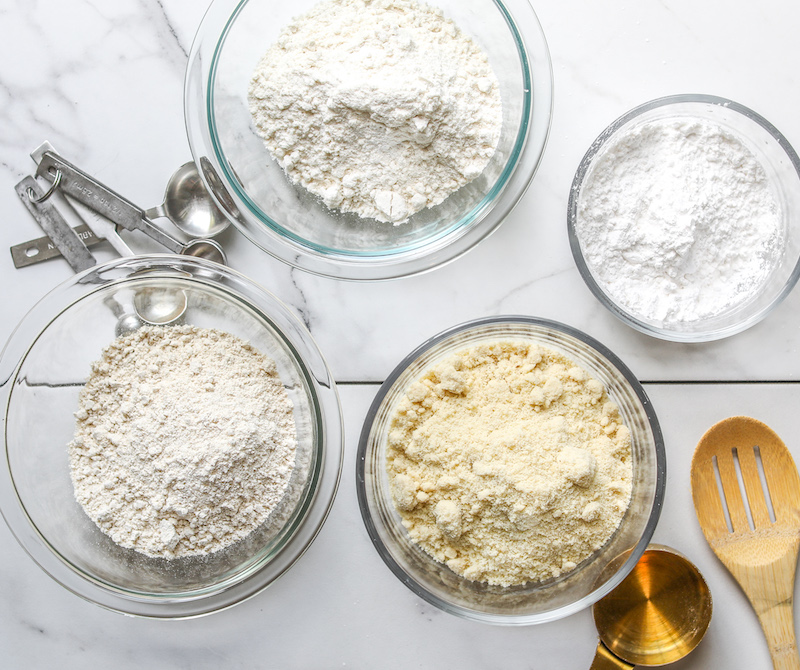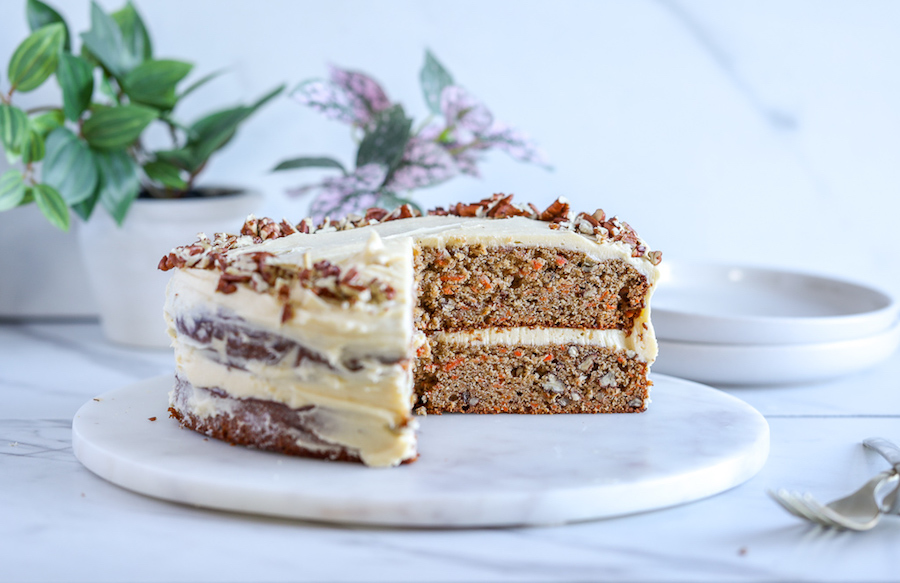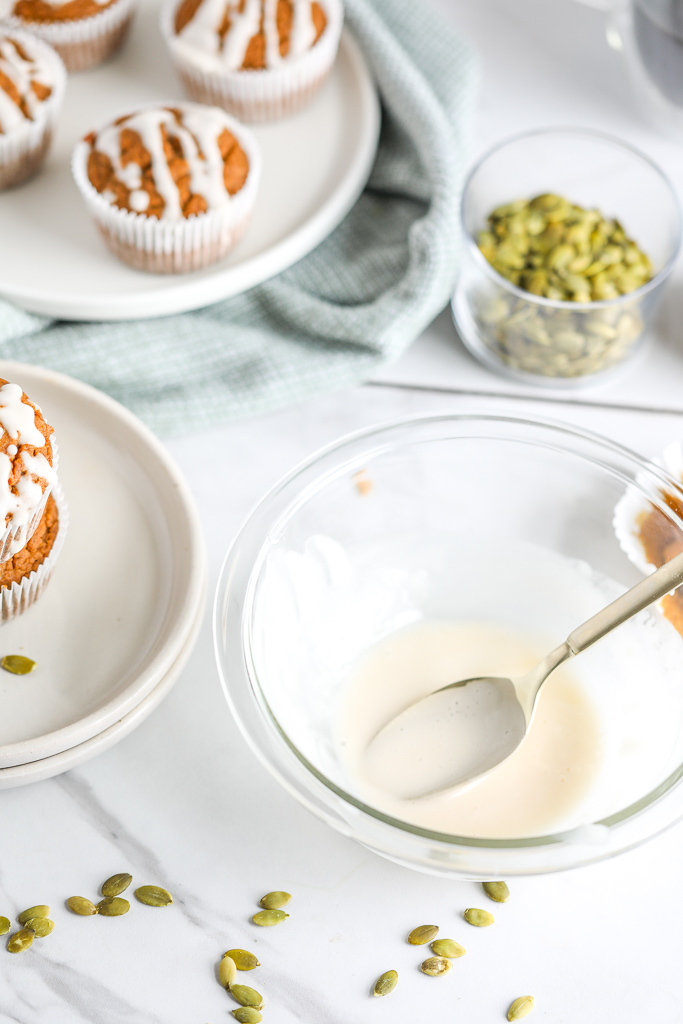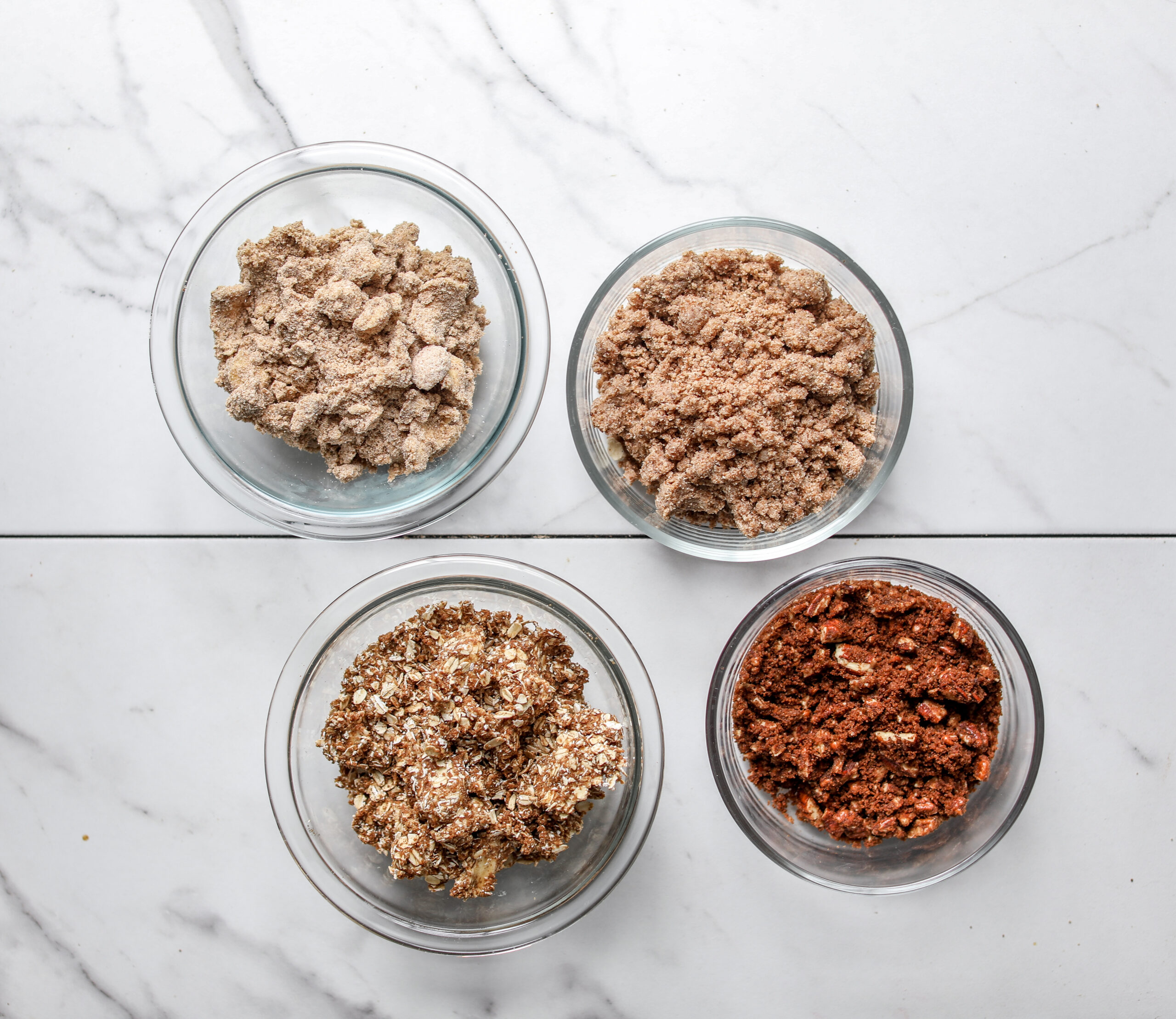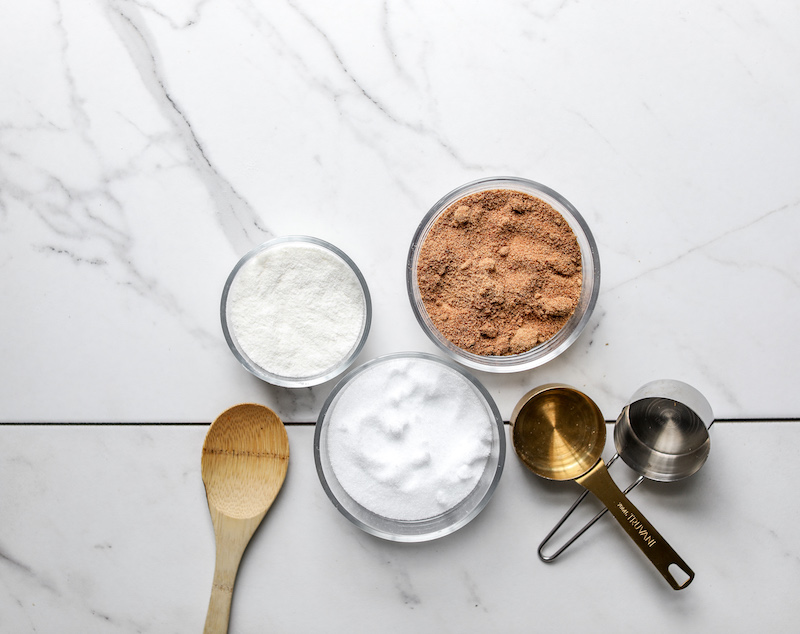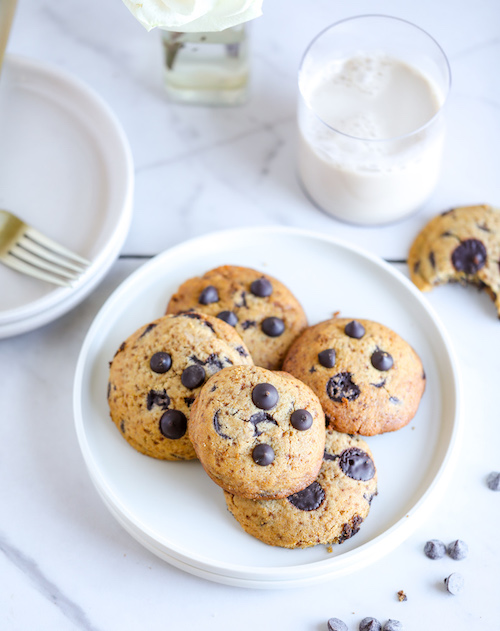Have you ever tried to translate a traditional baking recipe to yield a healthier result, only to realize that when you pulled your muffins, cookies, cake (whatever it may be) from the oven it did not turn out the way you expected it to? There is a reason baking is called a science. Certain components in a recipe react on a chemical level. It’s why with cooking, you can almost take a “mad hatter” approach: throwing proteins, plants, sauces and spices at the wall to see what sticks. With baking however, you need to be a bit more buttoned up. Leveling your measurements, ensuring precision, paying attention to ratios, and following the recipe as written. It’s why I believe people are more. intimidated by baking. With cooking, you can throw more caution to the wind; with baking you kind of have to know what you are doing, or at least put a little more care into the process.
If you like to bake, this element is probably a reason why. Because baking requires you to be present, it’s an activity that makes you feel in flow from start to finish. Then there is something to show for the time spent creating. So when something doesn’t turn out, it can feel frustrating. I know this feeling well.
To write a baking recipe is no easy feat. To write a Healthified baking recipe is even more challenging. To take out those components found in traditional formulas (gluten, dairy, eggs for example) and replace them with gluten-free, grain-free, and plant-based alternatives is not for the faint of heart. It is not as simple as substituting them one-for-one. However, having a foundational understanding of the role that certain ingredients play in the baking process – and what this means for upgrading these items – can help. Let’s first take a look at flour and its role in the baking process.

Flour provides structure
Flour serves a major purpose in baking. It is primarily responsible for providing structure and consistency. Depending on the type of food you are baking, the finished product will vary across these characteristics. For example, cookies may either be soft and chewy or thin and crispy; cupcakes and cakes are more light and moist; muffins could be considered more dense and hearty. Flour also works to contribute to the shape and texture of a baked good, and in traditional baking, gluten and starch are two components that contribute to the overall structure.
So what happens when you remove gluten from a baking recipe? First let’s look at what gluten actually does. Gluten is a sticky protein composed of two molecules – glutenin and gliadin – found in wheat, barley and rye. Alone, these molecules don’t do much, but when mixed with liquid and then physically manipulated (through beating, stirring, or kneading), the gluten will then form a strong network of strands to create the backbone of a baked good. The higher the protein content of a flour, the stronger that web will be. It is why traditional baking recipes call for different forms of flour. Breads need more strength and structure; cakes and cookies need less. If you are baking with a gluten-free or even a grain-free flour, knowing the protein content can help configure the final result you are going for.
This begs the question: how do you bake without gluten if it is so important? There are ingredients to use and even action steps to take to make up for the absence of it in baking. As I said, it might not be as simple as substituting one-for-one, but a combination of different ingredients (grain-free sources of starch) and techniques (such as letting the batter rest or chilling the dough) can help you achieve something delicious and nutritious. It may not have the exact same texture and shape as if you were baking with traditional flours, but it will come pretty close (and still taste good, which is the most important part!).
Looking at the protein content of alternative flours will provide you with good picture of their ability (or lack thereof) to similarly add stability and structure. For example, a grain-free flour such as coconut flour is very delicate to work with and absorbs a lot of moisture, so it needs to be offset by a flour (or a combination of flours) with more durability. There are also baking mixes on the market designed as direct substitutions for all-purpose flour. This does make your life easier, but I don’t think they taste very good, and some include gums that may be difficult to digest. This is why I prefer to use a homemade combination of various flours, which you will find in many of my recipes. Below is a chart outlining all of the different gluten- and grain-free flours and starches available to you, with their protein content ranging from highest to lowest.
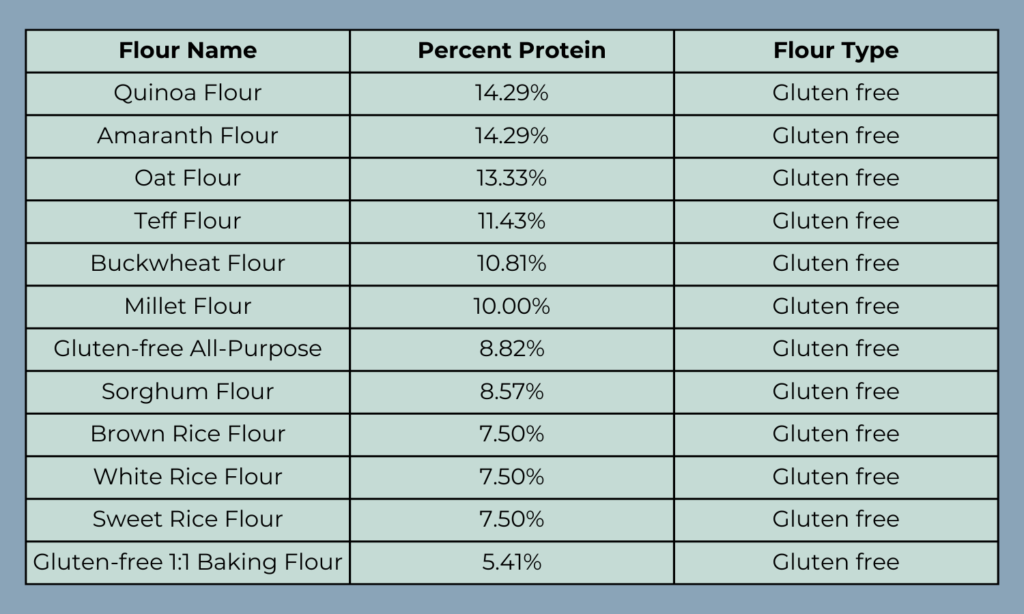

What does this all mean for your baked goods? I have found grain-free flours alone are some of the biggest deviations from a traditional flour that you can work with. They are also higher in protein on average. As you can see, the gluten-free 1:1 baking flour has the lowest protein content of the gluten-free category. This is probably what allows you to make a direct translation from a conventional baking recipe. Traditional cake flour for example has a protein content of around 6-8%.
Flour absorbs moisture and binds ingredients together
All flour – whether you are working with gluten- or grain-free flour or not – works to absorb moisture and bind ingredients together in the baking process. Gluten specifically does a good job of holding moisture, which prevents baked goods from becoming too dry, both in the oven and when properly stored after being baked. When using gluten-free and grain-free flours, you must figure out other ways to mimic moisture and the element of binding. If you are able to eat eggs, they are an amazing binding agent. It’s why Paleo baking is easier than if you were wanting to bake grain-free and purely plant-based. If your dietary needs and preferences require you to bake without gluten/grains and eggs, this is where things can get a bit tricky. But know that it can be done. There are plant-based substitutions for eggs, which are work to help thicken, bind, and provide moisture. I will go over these in a future post. Again, the texture might not completely align with the conventional confections, but if you can accept the subtle differences in mouthfeel, consistency, and crumb, it will be easier to open your heart, mind, and mouth to baked options that serve you better.
Flour lends flavor and nutrition
Given that flour is such a main component of most baked goods (with the exception of flourless recipes and cheesecakes for example), it contributes to the overall flavor and nutrition of the finished product. This is an advantage of working with healthier forms of flours – they are simply more nutritious and blood sugar balancing. Better yet, if your palate prefers foods that taste healthy, you are ahead of the game. If you have yet to get there, know that tastebuds adapt, and you can train them to crave upgraded ingredients. The more you eat Healthified sweet treats, the more you will learn to love them. Then one day you might have a traditional dessert and it will taste too sweet. Speaking from experience!


